Last updated: December 8, 2020
Article
Celebrating the 19th Amendment
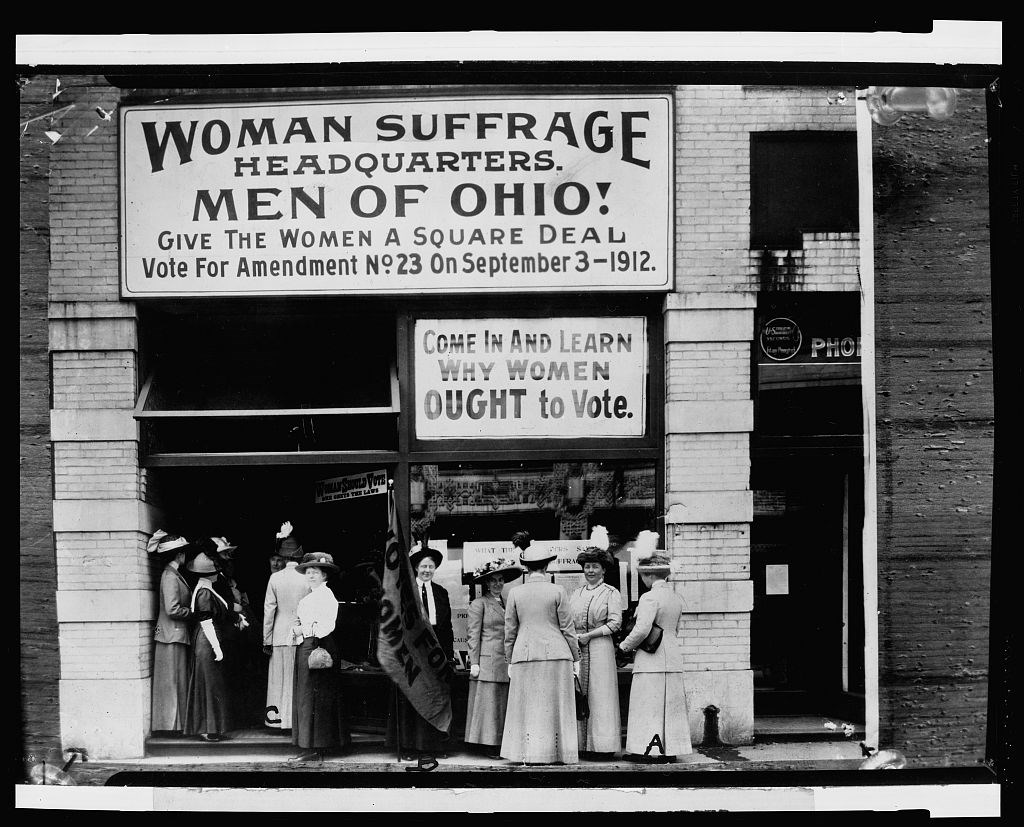
Courtesy Library of Congress
On August 26, 1920, the 19th Amendment became an official part of the US Constitution. The amendment made it possible for women to vote because it prohibited states and the federal government from denying access to the ballot box based on sex. While the amendment did not guarantee the vote for women, is was a benchmark moment for American democracy and an important milestone in women’s equality.
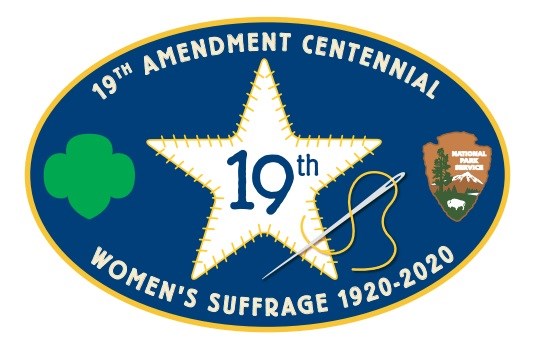
As a federal agency that manages national parks, historic sites, and other places important in American heritage, the National Park Service (NPS) plays a role in sharing American stories. In 2020 we have joined many other organizations to commemorate the 100th anniversary of the 19th Amendment. Explore this site for expanded coverage about the amendment, the drive for the right to vote, and the role of women in society. There are also family friendly activities that you can do from home and details about the Girl Scout 19th Amendment Patch Program.
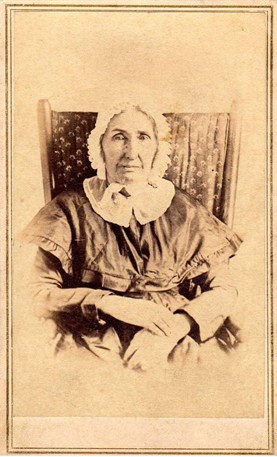
Courtesy of the Frazee Family
At Cuyahoga Valley National Park (CVNP), the anniversary has prompted us to explore stories of women tied to the park. Some CVNP stories feature women who lived in the valley across time. Mehitable Frazee, for example, was among the earliest European women to settle in the valley. She moved here in 1806 with her husband Stephen. They bought land near the Cuyahoga River, built a log house, and farmed. In 1826, they replaced their log home with the brick house that still stands on Valley View Road. They built the home themselves with little more than a stylebook to guide them. Mehitable managed the household, which included hired laborers and seven surviving children.
Other stories reflect ways that women have intersected with CVNP as they worked to improve their communities. There are two primary threads to these stories: the role of women in creating the park and the role of women in engaging their community members in the park to achieve quality-of-life ideals.
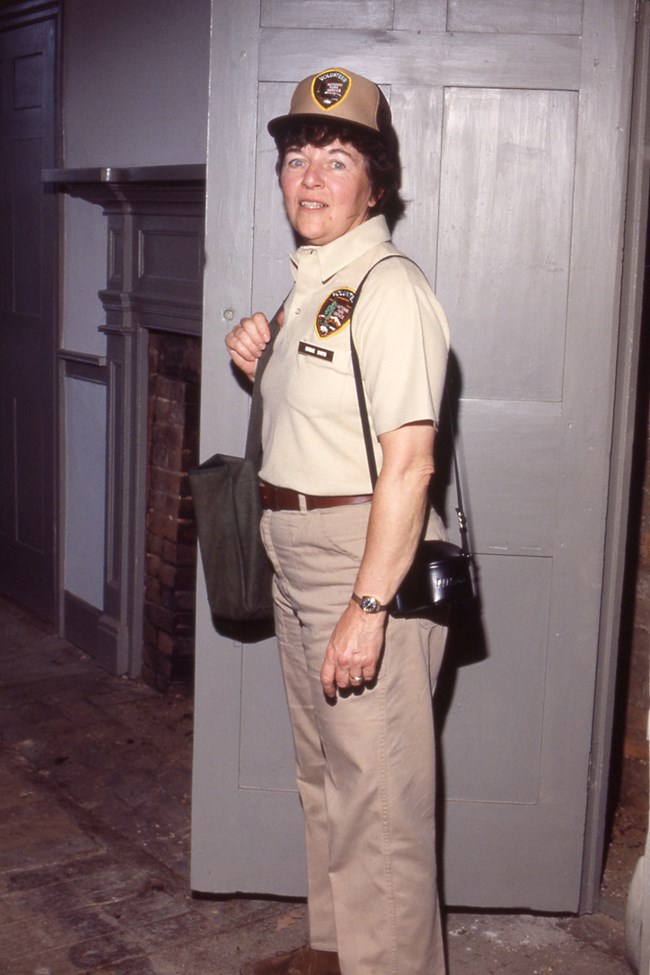
NPS Collection
This story of the response by women to the loss of natural places in their communities reflects a less-well-known, driving force within the environmental movement. Adam Rome, author of The Bulldozer in the Countryside: Suburban Sprawl and the Rise of American Environmentalism, argues that suburbanization was one of the greatest transformations of the environment that, along with the loss of wilderness, contributed to the rise of environmentalism. He notes the important role played by civic clubs that were often led by women. By exploring this story at CVNP, we illuminate this national story of the influence of women.
The second thread links to the important role that parks play in communities. Women have often been the biggest advocates for outdoor recreation for child development, physical wellness, and mental health. This tradition is long standing. Jane Edna Hunter, a prominent African American social worker in Cleveland, established the Phillis Wheatley Association in 1911 to support African American women. During her tenure, PWA built Camp Mueller in Cuyahoga Valley. Today, rangers and community leaders (often women) from around Greater Cleveland work together to provide opportunities for community members in the park.
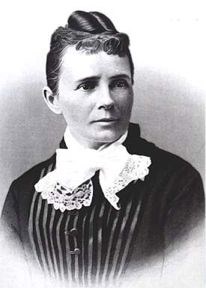
NPS Collection
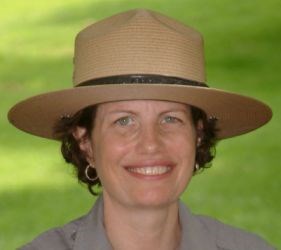
NPS/Moto Photo
Jennie Vasarhelyi leads the division of interpretation, education, and visitor services at Cuyahoga Valley National Park. Her guest columns appear in the West Side Leader and in Record-Courier newspapers in Northeast Ohio.
